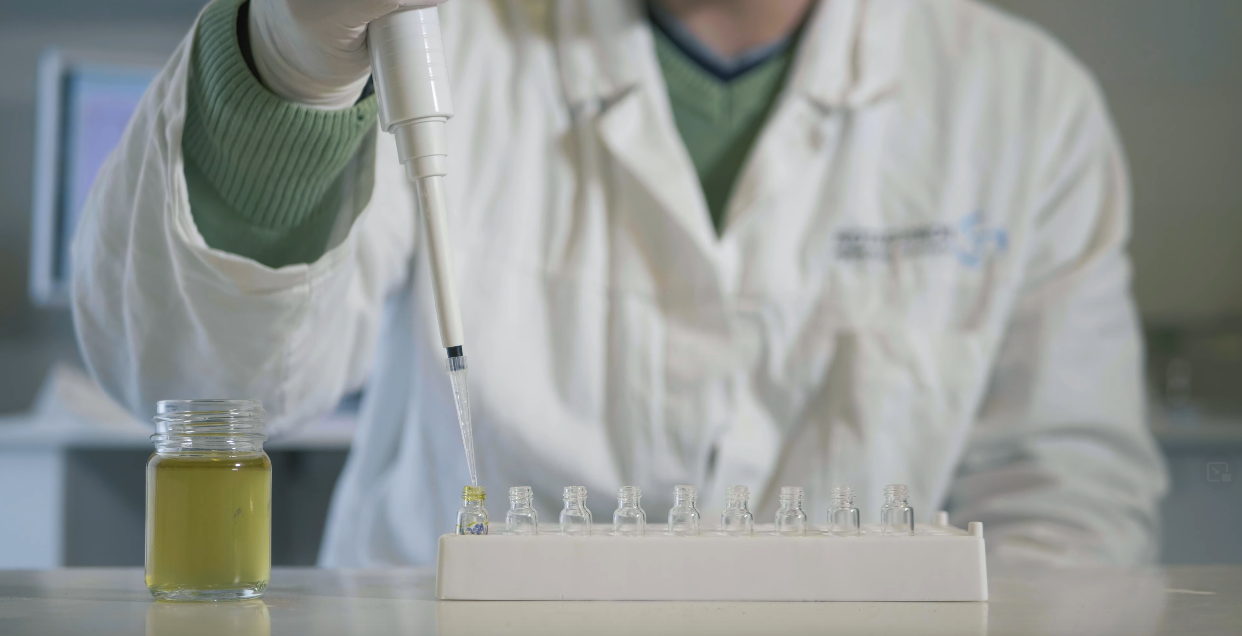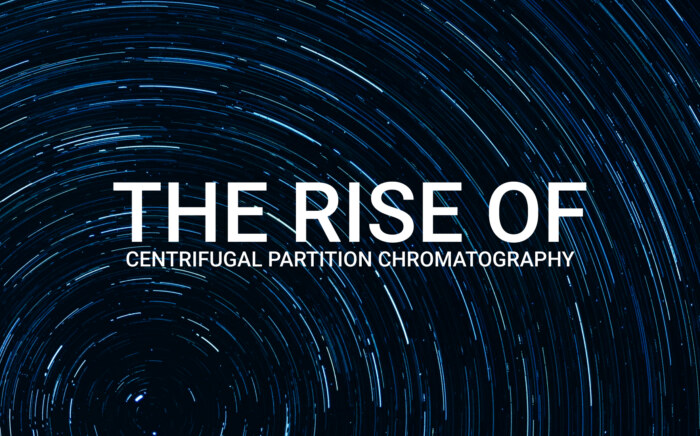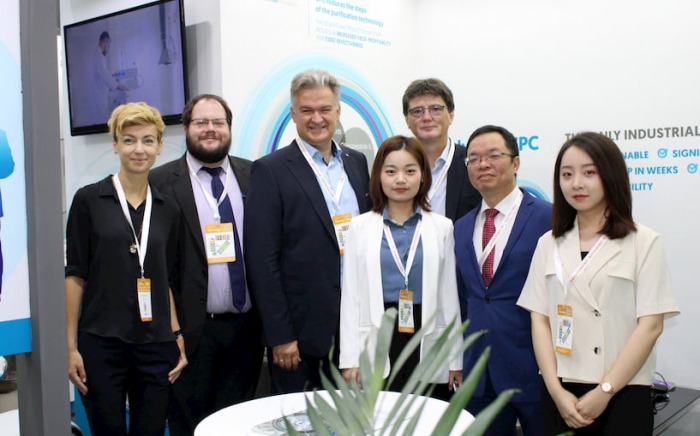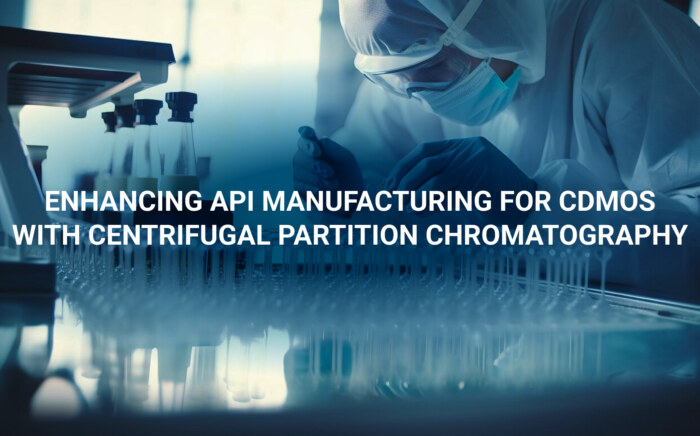Increasing separation efficiency by pH adjustment in Centrifugal Partition Chromatography
NewsChromatography stands as a widely adopted technique for separating and purifying complex mixtures. Among these methods, Centrifugal Partition Chromatography (CPC) stands out as a unique approach, relying on liquid-liquid partitioning to achieve effective separation. A distinguishing characteristic of CPC lies in its reliance on the solutes’ retention, which is solely governed by their liquid-liquid partition coefficient (Kd). This coefficient represents the ratio of the solute concentration in the stationary phase to its concentration in the mobile phase.
Partition Coefficient
The process of separating the injected sample in CPC hinges on the varying partition coefficients of the sample components between the mobile and stationary phases. This partition coefficient (Kd) serves as an essential equilibrium constant, defining the distribution of a compound in a two-phase system. In the context of a specific Compound of Interest (CoI), the partition coefficient represents the ratio of its concentration in the stationary phase to its concentration in the mobile phase.
The significance of the partition coefficient (Kd) lies in its ability to dictate the duration that each compound spends in the mobile and stationary phases, thereby influencing the rate at which each compound traverses the system. Through meticulous selection of the stationary and mobile phases and precise adjustments to operational parameters such as flow rate and column length, CPC enables the separation of complex mixtures with remarkable precision and efficiency.
How Can You Exploit the Partition Coefficient
Centrifugal Partition Chromatography (CPC) stands out as an extraordinary and innovative chromatographic technique, boasting distinct advantages over conventional methods. In this revolutionary approach, traditional chromatographic columns are replaced by interconnected cells, serving as vessels for the liquid stationary phase. These cells are firmly attached to a large rotor, capable of being immobilized through the application of a robust centrifugal force. To achieve efficient separation, the mobile phase, carrying the sample to be purified, is introduced into the rotor under pressure and propelled through the stationary phase in the form of minuscule droplets.
Notably, one of the primary contrasts between CPC and other chromatographic methods, like High-Performance Liquid Chromatography (HPLC), lies in the absence of a solid silica-based stationary phase in CPC. While HPLC typically employs an organic moiety bonded to a solid silica support as the stationary phase, CPC eliminates the need for silica gel through the potent gravitational force harnessed during centrifugation. This distinctive feature enables CPC to accomplish high efficiency and rapid separation of complex mixtures without relying on solid supports.
Flexibility is another hallmark of CPC, as it can operate in either ascending or descending mode, effortlessly controlled by a strategically placed valve that governs the flow of liquid in two directions. This adaptability allows CPC to exhibit remarkable versatility in separating an extensive array of compounds with varying partition coefficients. To evaluate the success or quality of a separation in CPC, chromatographers often refer to the resolution factor (Rs), which provides valuable insight into the degree of separation between adjacent peaks in the chromatogram.
Resolution
A resolution factor (Rs) value of 1.5 or higher is widely regarded as desirable in chromatography, as it signifies well-separated adjacent peaks with a baseline return. This clear separation ensures the purity and integrity of the compounds being analyzed. On the contrary, a Rs value lower than 1.5 suggests some degree of peak overlap, which can compromise the purity and accuracy of the separation. On the other hand, a resolution factor higher than 1.5 is often celebrated as the “holy grail of separation,” as it indicates substantial space between the two peaks, resulting in an exceptionally efficient and pure separation.
Furthermore, an essential factor that sets CPC apart from traditional chromatography techniques, like HPLC, is the difference in stationary phase volume. In HPLC, the stationary phase is typically confined within a solid column, whereas CPC employs a liquid stationary phase distributed across interconnected cells in the rotor. This distinction allows CPC to achieve efficient separation with fewer theoretical plates compared to HPLC, making it highly efficient and cost-effective for preparative chromatography tasks.
In conclusion, CPC emerges as a groundbreaking and innovative approach to chromatography, offering a multitude of advantages, such as the absence of solid stationary phases, high separation efficiency, and versatile operation modes. Its ability to accurately and precisely separate complex mixtures has garnered significant attention across various industries, including pharmaceuticals, natural products, and food and beverages. RotaChrom’s cutting-edge CPC technology has taken this field to new heights, providing industrial-scale solutions for the high-quality purification of valuable compounds. By continuously pushing the boundaries of chromatographic technology, CPC continues to revolutionize the way we approach separation and purification processes, contributing to advancements in numerous fields and improving the quality of various products worldwide.
Further Resources
To learn more about CPC and chromatography in general, click any of the links below.



